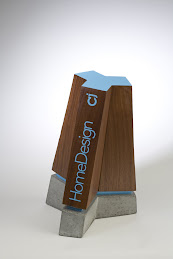One of the characteristics that helps lighten white cement is fine grinding, even finer than Type III high early strength cement. I will vouch for that. This countertop was hot to the touch 6 hours after placing. Good news is that it can be finished much sooner.
The desk proved difficult to strip the forms since the aggregate was glued in place. The glass stayed in placed and was well distributed across the surface. In this picture I started slurry coating the surface to fill the holes left from the curved part of the glass. In a day or so it will get a grind with 50 grit and then another slurry coat.






 How do you make white concrete,
How do you make white concrete, 







